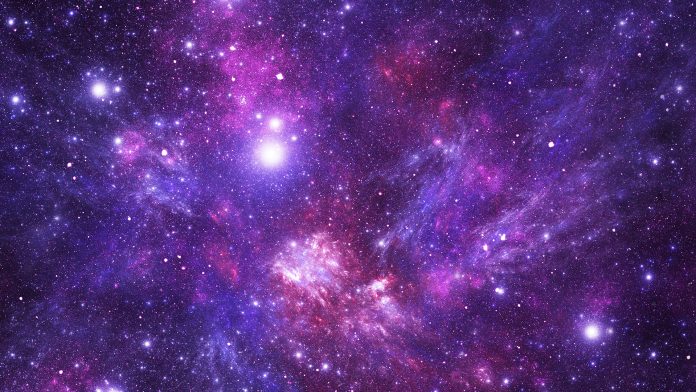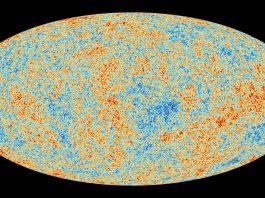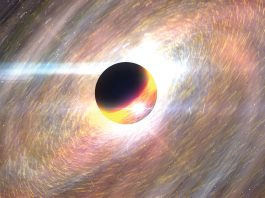Researchers believe that they have solved an interstellar mystery, with small galaxies potentially conducting a vital function in the early evolution of the Universe.
The study, led by astrophysicists from the University of Minnesota, indicates that high-energy light emitted by small galaxies was critical to developing the primitive Universe, explaining its reionisation.
At its inception around four billion years ago, the Universe was in an ionised state – meaning that protons and electrons roamed freely throughout the expanse of space, shifting to a neutral state as the Universe expanded and cooled, with the electrons and protons coalescing into atoms.
Peculiarly, the Universe has reverted to a state of ionisation, leaving scientists to ponder how this may have happened. Theories have been proposed that the galaxies themselves produced the energy required for ionisation; however, due to high-energy light finding it challenging to free itself from a galaxy because of light-absorbing hydrogen clouds, this theory is highly contentious.
Nevertheless, the researchers believe they have found the answer. By utilising data from the Gemini telescope, they examined a galaxy in a blow-away state for the first time – where the elimination of hydrogen clouds permits high-energy light to escape, citing the occurrence of various supernovas in a short space of time for allowing this.
Nathan Eggen, the leader of the study from the University of Minnesota, said: “The star-formation can be thought of as blowing up the balloon. If the star-formation were more intense, then there would be a rupture or hole made in the surface of the balloon to let out some of that energy. In the case of this galaxy, the star-formation was so powerful that the balloon was torn to pieces, completely blown away.”
The galaxy observed was Pox 186 – so diminutive that it could easily fit inside the Milky Way. The researchers inferred that the combination of its size and dense population of stars, amounting to thousands of times the Sun’s mass, caused the blow-away.
The study solidified that blow aways are possible, signifying their importance in the reionisation of the early Universe.
Eggen said: “There are a lot of scenarios in science where you theorise that something should be the case, and you don’t find it. So, getting the observational confirmation that this sort of thing can happen is really important.
“If this one scenario is possible, then that means that there are other galaxies that also existed in blow-away states in the past. Understanding the consequences of this blow-away gives direct insight into the impacts similar blow-aways would have had during the process of reionisation.”
The research is published in The Astrophysical Journal.









